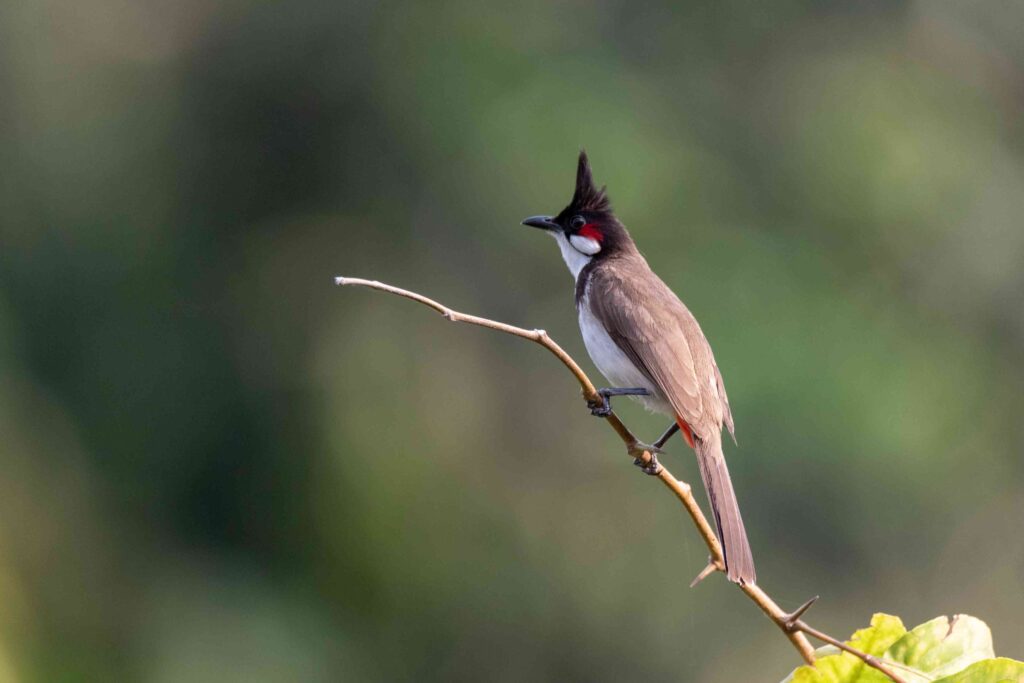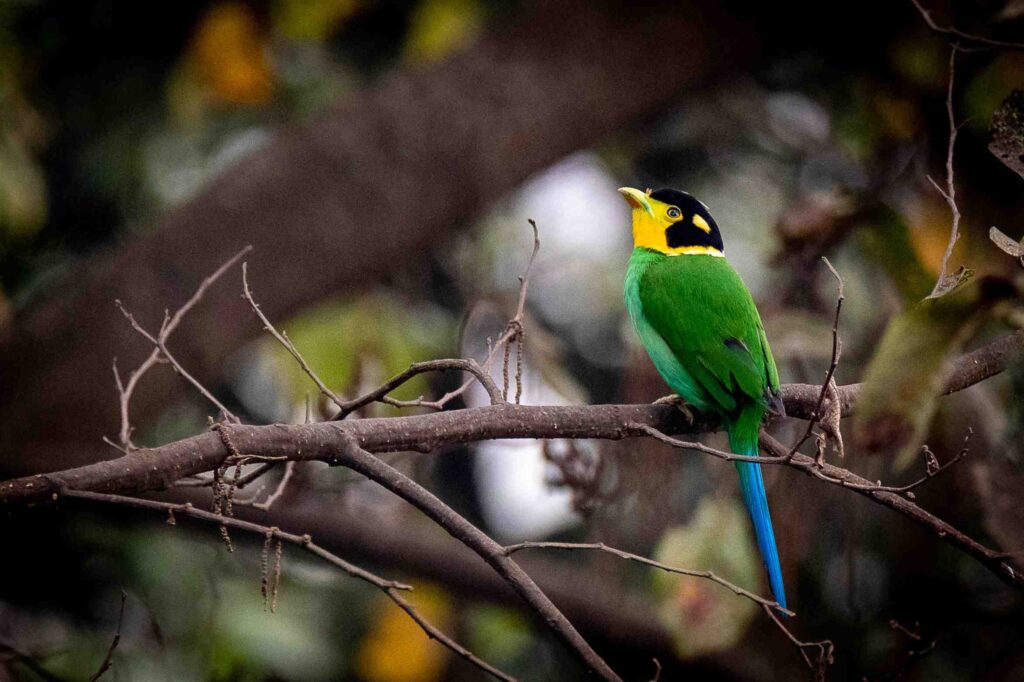Birds are diverse creatures, encompassing thousands of species with unique characteristics and adaptations. While classifying all bird species into just five types is a simplification, we can categorize them based on some general features and shared traits. In this blog post, we will explore five broad categories that highlight the diversity of birds.
1. Passerines (Perching Birds)
Passerines, or perching birds, make up the largest order of birds, known as Passeriformes. These birds are characterized by their feet adapted for perching, with three toes facing forward and one backward. They have diverse beak shapes and diets, and their songs are often complex and harmonious. Examples of passerines include sparrows, finches, warblers, thrushes, and crows.
2. Raptors (Birds of Prey)
Raptors, also known as birds of prey, are a group of birds characterized by their sharp, hooked beaks, strong talons, and keen eyesight. They are adept hunters, feeding primarily on other animals. Raptors include eagles, hawks, falcons, owls, and vultures. They play a crucial role in maintaining ecological balance by controlling populations of small mammals and birds.
3. Waterbirds
Waterbirds are birds adapted to aquatic environments and rely on water for feeding, nesting, or both. This category includes various types of birds, such as ducks, geese, swans, herons, egrets, flamingos, and pelicans. Waterbirds possess specialized adaptations for swimming, diving, wading, or floating, and their diets often consist of fish, crustaceans, or aquatic vegetation.
4. Gamebirds
Gamebirds are a group of birds that are often hunted for sport or food. They are typically ground-dwelling birds found in various habitats, including forests, grasslands, and wetlands. Examples of gamebirds include pheasants, quails, grouse, partridges, and turkeys. These birds are known for their impressive displays, unique courtship behaviors, and distinctive plumage.
5. Songbirds
Songbirds, also known as oscines, are a subgroup of passerines known for their melodic songs and complex vocalizations. They possess specialized vocal organs called syrinx, allowing them to produce a wide range of sounds. Songbirds include familiar backyard visitors like robins, cardinals, bluebirds, and wrens and tropical species like tanagers, flycatchers, and thrushes.
It’s important to note that these categories are broad and not all-encompassing. Birds exhibit incredible diversity in physical characteristics, habitats, behaviors, and ecological roles. Furthermore, many other specialized groups and unique bird species fall outside these classifications.
Understanding the different types of birds not only enhances our appreciation for their remarkable adaptations but also allows us to recognize the significance of their ecological roles. So, the next time you spot a perching bird, observe a soaring raptor, or marvel at a graceful waterbird, remember the diversity within the avian world and the fascinating characteristics that make each type of bird unique.




